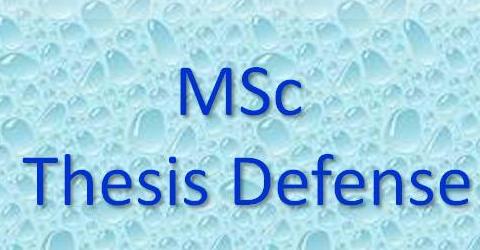
FAST AND ACCURATE MOSAICING TECHNIQUES FOR AERIAL IMAGES OF QUASI - PLANAR SCENES
Alper Yıldırım
Mechatronics, MSc Thesis, 2014
Thesis Jury
Prof. Dr. Mustafa Ünel (Thesis Supervisor), Assoc. Prof. Dr. Gözde Ünal, Assist. Prof. Dr. Hüsnü Yenigün
Date &Time: July 23rd, 2014 – 11:00
Place: FENS 2019
Keywords: Image Mosaicing, Alignment, Separating Axis Theorem, Affine Refinement, Pose Estimation, Extended Kalman Filter
Abstract
Image mosaicing aims to increase visual perception by composing data from separate images since a mosaic image provides a more powerful scene description. Gaining and maintaining situational awareness from image mosaics is important for both civil and military applications. Inspection of the urban areas suffering from natural disasters and examination of the large plantations are possible civil areas of utilization. For military applications, image mosaicing can provide critical information about enemy activities in wide areas. Although there are many studies in the literature that focus on creating real-time image mosaics for different applications, there is still room for improvement due to the need for faster and more accurate mosaicing
for a variety of practical scenarios.
In this thesis, novel techniques for creating fast and accurate aerial image mosaics of quasi-planar scenes are developed. First, a sequential mosaicing approach is proposed where all the past images intersecting the new image are used to estimate alignment of the new image. A tool from computer graphics, Separating Axis Theorem (SAT), is employed to detect image intersections. A new local affine refinement is introduced to provide global consistency throughout the mosaic. Second, a pose estimation based mosaicing technique is developed where the scene normal and the camera pose parameters are estimated through an Extended Kalman Filter (EKF). Mosaic is formed by using the homographies constructed from the estimated state vector. Using an EKF based approach provides a significant global consistency throughout the mosaic since all the parameters are updated by which error accumulations in the loop closing regions are compensated. Proposed algorithm also provides localization and attitude information of the camera which might be beneficial for robotics applications. Both methods are verified through several experiments and comparisons with some state-of-the-art algorithms are presented. Results show that the developed algorithms work successfully as intended.

